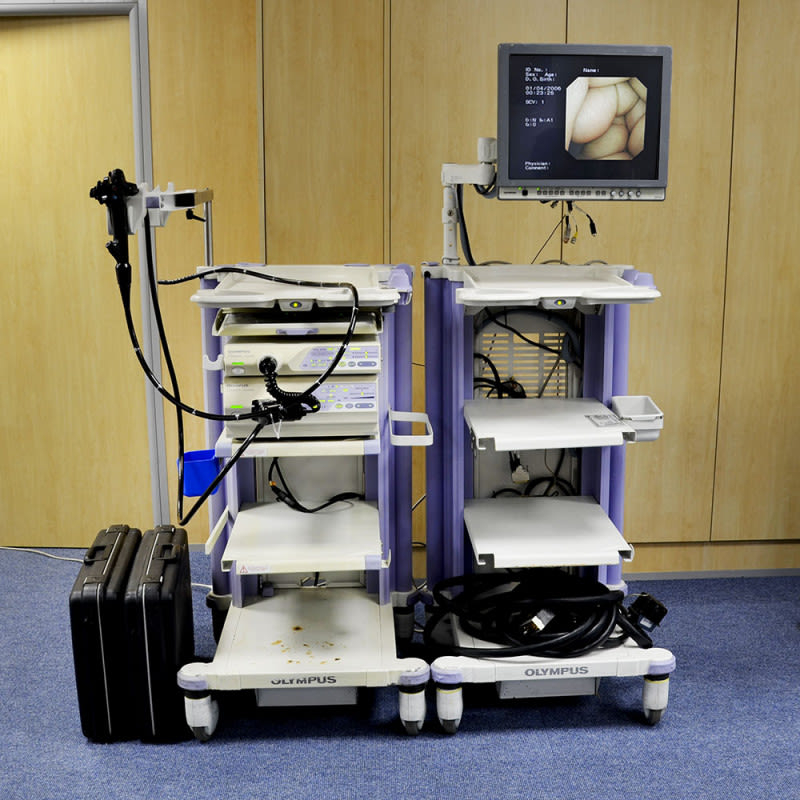-
-
5Ob, Alafe Junction, Along Idanre Road, Oke Aro Street,
Akure, Ondo State, Nigeria

Endoscopy is a medical procedure used to examine the interior of a hollow organ or cavity within the body. It involves the use of an instrument called an endoscope, which is a flexible tube with a light and camera attached to it, allowing doctors to view live images of the inside of the body on a monitor. Endoscopy is minimally invasive, as it often requires only a small incision or natural body opening, such as the mouth or rectum.
Endoscopies can be diagnostic (to investigate symptoms or conditions) or therapeutic (for treatment, such as removing polyps or tissue samples). There are many types of endoscopies depending on the area being examined.
Endoscopy is a vital tool in modern medicine, offering both diagnostic and therapeutic capabilities across various medical fields. It allows for early detection of diseases, minimally invasive surgeries, and improved patient outcomes. As technology continues to advance, endoscopic procedures are becoming even more precise, safer, and effective, leading to better healthcare overall.